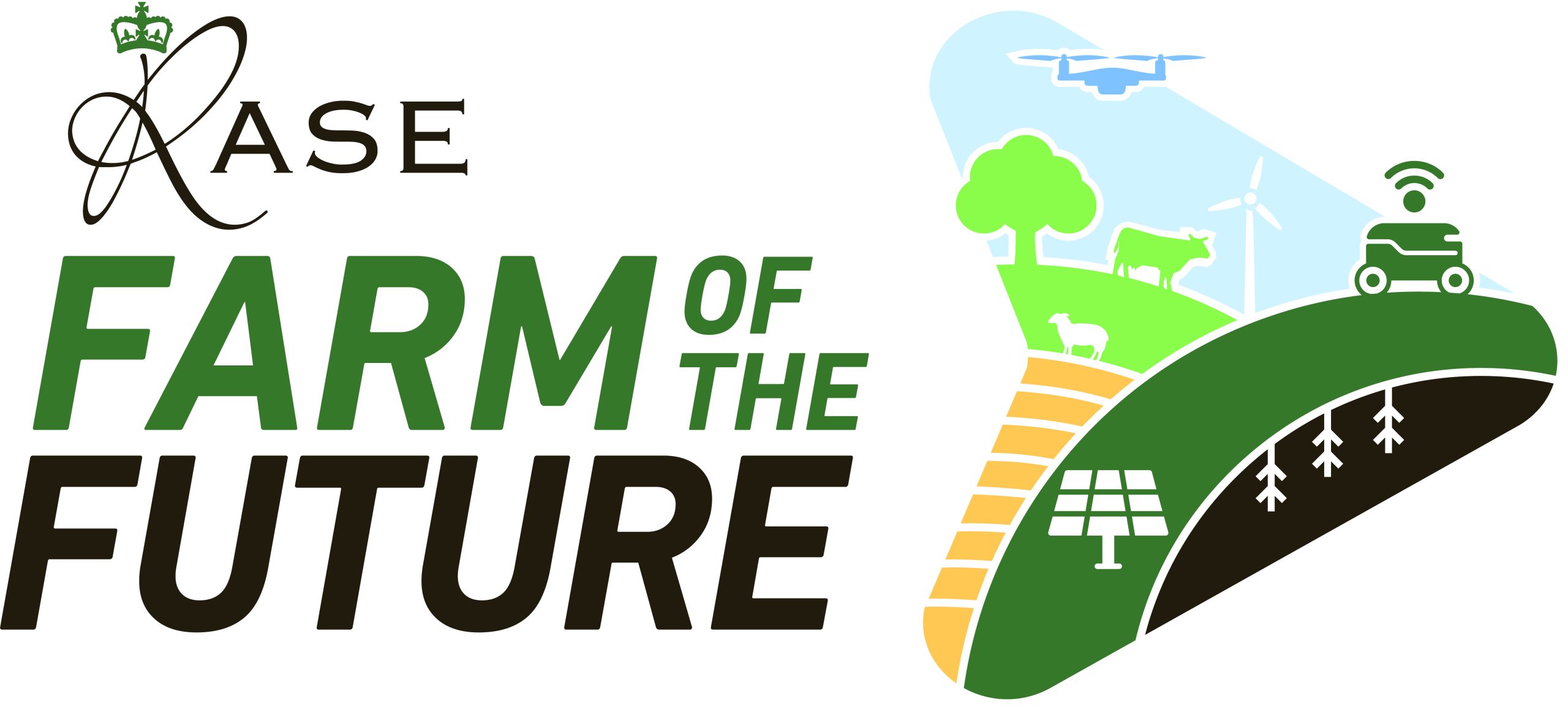Although technology is still developing, the UK is in a favourable position with its increasingly ‘smart’ and ‘flexible’ electricity grid, which uses technologies such as artificial intelligence (AI), smart devices and digital control dashboards to match demand with supply.
The nation’s power is increasingly sourced from distributed electricity generated from intermittent renewables (e.g. wind and solar) and storage (e.g. batteries; pumped water storage). Such innovation enables farm businesses to adjust their electricity requirements to take advantage of on-farm generated and stored power or cheaper off-peak tariffs.
Time of use tariffs
A ‘time of use’ (TOU) electricity tariff encourages electricity users to shift demand away from peak use periods (typically 4-7 pm), particularly if they have equipment which can use significant amounts of electricity, such as heat pumps, electric vehicles, battery storage, large pumps or motors.
Such ‘pricing encouragement’ changes consumer behaviour. These tariffs can be coupled with simple electric or appliance timers, various ‘Internet of Things (IoT)’ devices, simple wireless smart plugs, smart vehicle chargers and more to allow access to the cheapest tariff.
If a TOU tariff is coupled with on-site generation and/or battery storage, the business can use smart devices to optimise its energy production and usage in order to save the most money. For example, on a winter’s day, a business might find it more cost effective to direct limited daytime solar PV to farm office electricity usage and heat hot water in the very early morning using an immersion heater and a low electricity tariff. This is particularly important in rural areas where many farms and some communities still lack a resilient electricity supply.
Community energy cooperatives and rural decarbonisation
Community energy cooperatives have worked with landowners to develop renewable energy projects and are an important part of rural decarbonisation activities. Groups such as Sharenergy and the Westmill Solar and Wind Farm Cooperatives have developed projects which allow communities to have a stake in local energy production, keeping money in the communities that invest.
Technology companies and rural decarbonisation
Technology companies such as Limejump use their technology platform to aggregate smaller renewable energy producers into a large ‘virtual producer’ to leverage the best returns. This is the next level from the ‘farm cooperative’.
Limejump both manage varied renewable energy producers (wind, solar, AD, hydro, etc) via power purchase agreements (PPA) and support the National Grid to maintain a resilient electricity grid. Such aggregation, via digital platforms, data analysis and artificial intelligence is an important part of maximising investment returns in renewable energy for farm businesses.
With electric vehicle batteries essentially acting as ‘mobile electricity storage’, any excess energy could be used for other applications on the farm or put back into the grid (‘vehicle to grid, V2G’), conceivably being accounted for with other generation, either directly using smart systems to maximise the export tariff or even via an aggregator.
